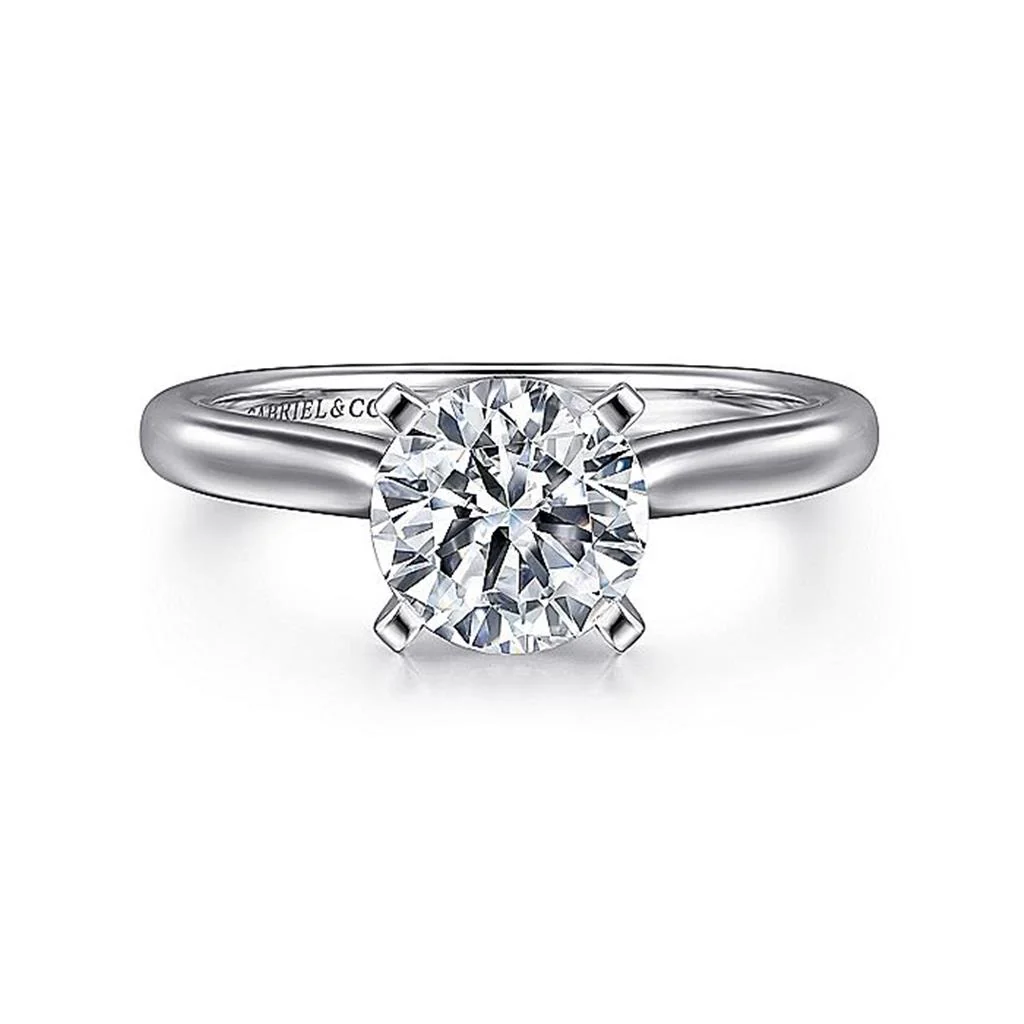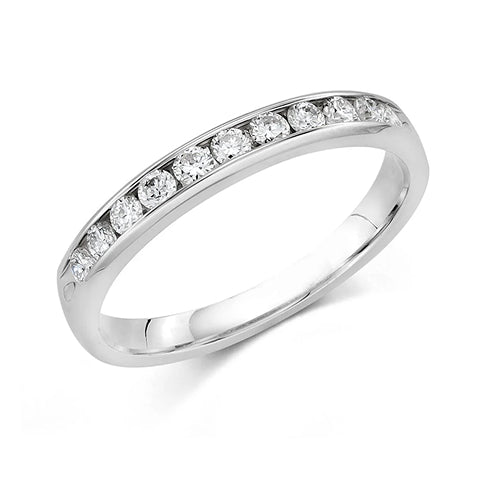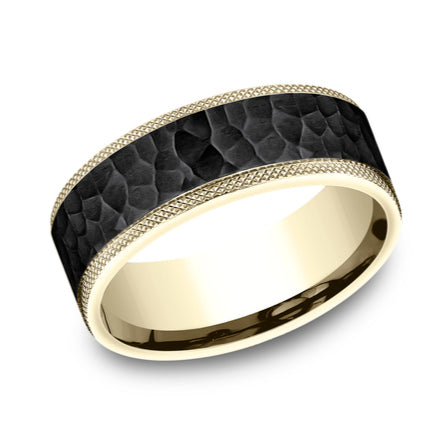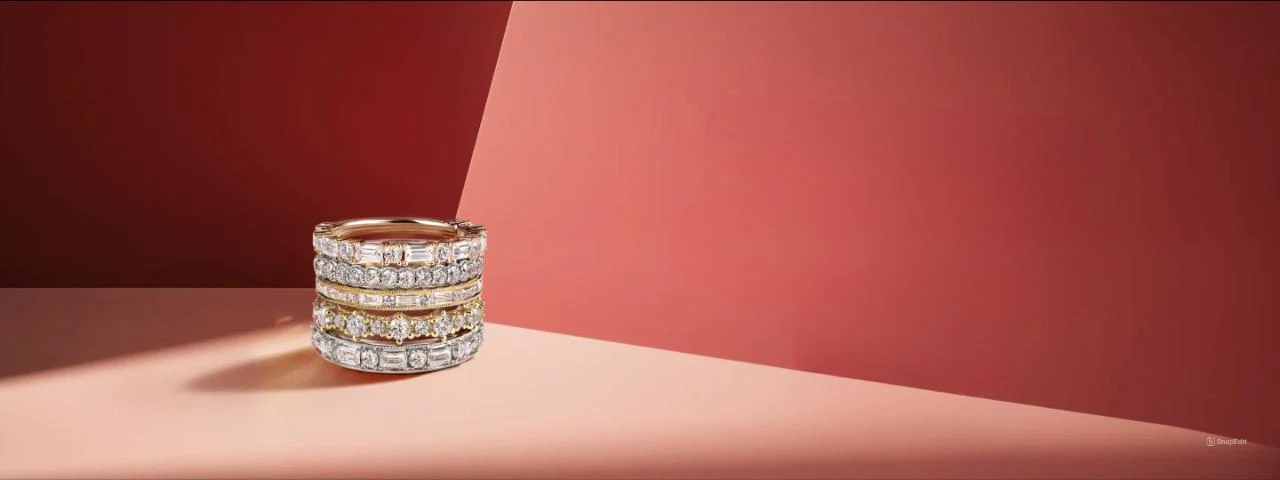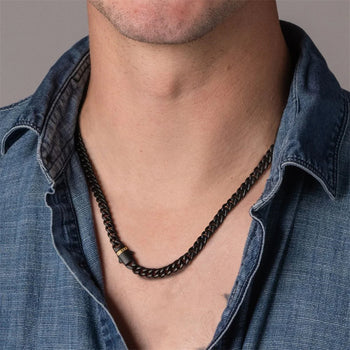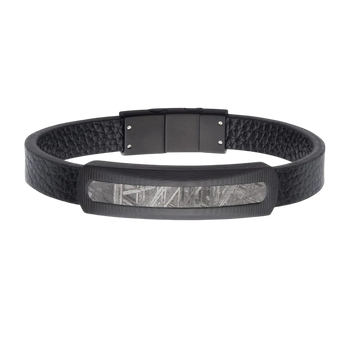
How to Buy a Black Diamond Engagement Ring
Colorless diamonds are the most valuable diamonds, however, black diamonds have become more popular as buyers seek an edgier look. Once only used for industrial purposes, a black diamond, or carbonado, is just as hard as a colorless stone. If you’re interested in a black diamond engagement ring, here are some things to know about buying one.
Like all diamonds, they’re made of crystallized carbon. The color is often created by dense graphite inclusions. Some black diamonds are irradiated to turn them from a lighter color to a dark green that appears black. Internal clarity and cut aren’t as important because these properties are less evident, while the more color, the better. Black diamonds shine but don’t sparkle, a quality known as adamantine luster.
What Is a Black Diamond?
A black diamond is essentially a super-included gemstone with so many inclusions, that it appears black. While colorless diamonds are more valuable, black diamonds are actually prized for their high number of inclusions. They have a mysterious, cool, rock ‘n’ roll vibe and are not to mention much less expensive than their colorless counterparts.Like all diamonds, they’re made of crystallized carbon. The color is often created by dense graphite inclusions. Some black diamonds are irradiated to turn them from a lighter color to a dark green that appears black. Internal clarity and cut aren’t as important because these properties are less evident, while the more color, the better. Black diamonds shine but don’t sparkle, a quality known as adamantine luster.
Types of Black Diamonds
The two types of black diamonds are:- Natural Black Diamonds: Get their color from graphite inclusions and are only found in Central Africa and Brazil. Their rarity means these diamonds are more expensive than treated stones. A naturally black diamond tends to have more fissures and spots; if on the girdle, these can make the stone more brittle and vulnerable to chipping.
- Treated Black Diamonds: Colorless diamonds that have been heated or irradiated to darken them. Those with many inclusions are often treated to hide undesirable features. While treated diamonds look similar to natural ones, they are less expensive. A diamond grading report will indicate whether the gem is natural or treated.
Pros of Black Diamonds
Buying a black diamond engagement ring is an advantage because it:- Is just as hard as a colorless diamond and won’t scratch easily.
- Won’t lose its shine or luster; the natural shine will remain over time.
- Costs just $300 per carat; natural black diamonds range from $1,500 to $3,000 per carat.

